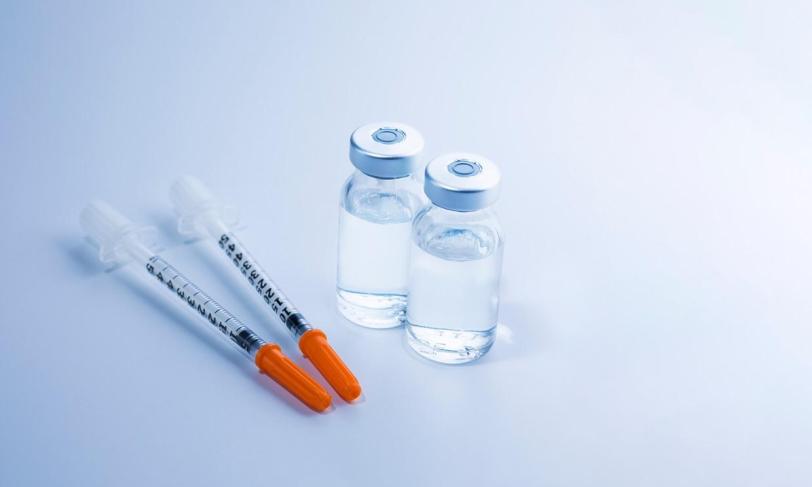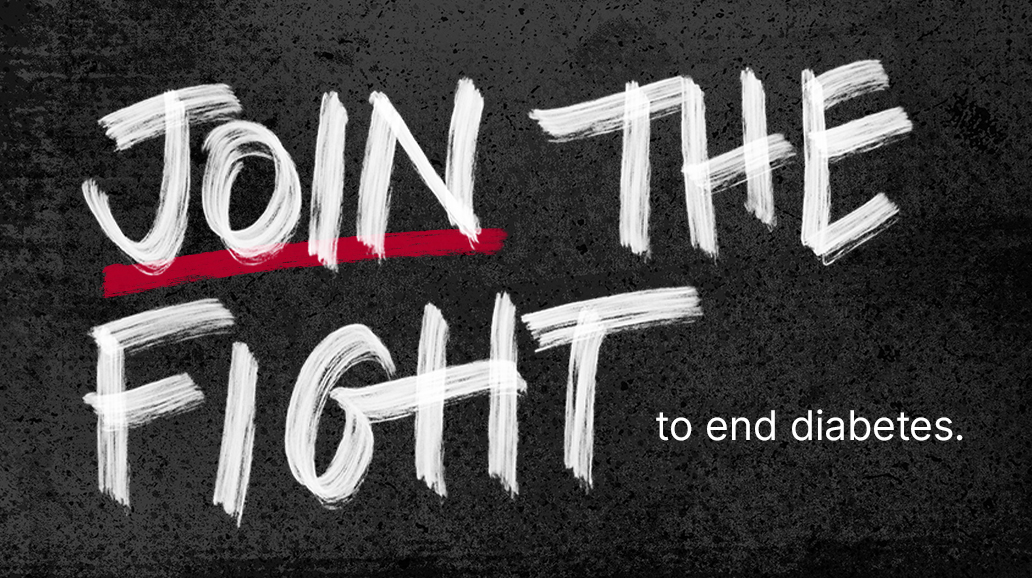Insulin is Now a Biologic—What Does That Mean?

Here at the American Diabetes Association (ADA), we know that insulin is life-sustaining for people with diabetes—in fact, about seven million Americans rely on insulin to live. But what you may not know is how it’s regulated by the U.S. Food and Drug Administration (FDA)—and how that’s changing starting this week. Here’s what’s happening—and what it may mean for you, and for our fight for affordable insulin for all who need it.
First, here are some key terms you should know:
- Biologic medication: Biologic medications are large, complex molecules, often made from living cells or tissue. Insulin, Victoza® and Trulicity® are examples of biologic medications that help manage diabetes.
- Drugs: Drugs are smaller molecules that are made through a chemical process. Metformin, Januvia® and Farxiga® are drugs that help manage diabetes.
- Biosimilar medication: Biosimilar medications are highly similar to (and have no clinically meaningful differences from) the original biologic medication—sort of like a generic drug.
- Interchangeable biologic:A biosimilar medication that can be automatically substituted for the original at the pharmacy counter.
Is Insulin a Biologic or Drug?
Even though insulin meets the definition of a biologic (a complex molecule that’s made from living cells), it has been treated as both a drug and a biologic. This is important because drugs and biologic medications have different review and approval processes under FDA rules.
Both focus on making sure the medication is safe and effective—the difference is in the types of information the FDA uses to make sure. Insulin has been on the market longer than the FDA rules for biologics, so it was regulated as a drug. However, because it is not a traditional drug, the rules did not allow for the introduction of generic insulins. In fact, for a long time there wasn’t even a process for “generic” biologics. Luckily, that changed back in 2010.
New Biosimilar Path
In 2010, a process was created for FDA approval of “generic” biologics, called “biosimilars” and “interchangeable biologics.” The process is similar to the one that generic drugs follow:
- First, companies have to show that their biologic is “highly similar” to the original brand and that it has the same safety, purity and potency.
- Then, if the company wants their biosimilar medication to be automatically substituted for the brand name version at the pharmacy (like traditional generic drugs—it’s called “interchangeable” for biologics), they have to also prove that the biosimilar will have the same clinical results in any patient if they switch back and forth between the original brand and the biosimilar medication.
Once the biosimilar review and approval process was created, companies could develop biosimilar or interchangeable versions of biologics, so long as the original no longer had effective patents or market exclusivity.
But that still wasn’t an option for insulin.
Why are there no Generic or Biosimilar Insulins?
Even though there was a new regulatory path for biosimilar and interchangeable biologic medications, that option was still not available for insulins. That’s because the original “brand” insulins on the market now were not approved through the biologic path at FDA—they went through the drug path. As a result, companies could not introduce biosimilar or interchangeable versions.
Instead, companies could either introduce “generic” versions of their own insulins (called authorized generics—full definition below) or use the process for new drugs in order to get approval for their version of another company’s insulin (called follow-on biologics).
Here are a couple more definitions:
- Authorized generic: When the company that makes the original brand sells its own “generic” version, without the brand name on the label. It is the exact same medication, just sold under a different name. Companies must get FDA approval before selling an authorized generic.
- Examples: Insulin lispro (Eli Lilly’s authorized generic version of Humalog®) and insulin aspart (Novo Nordisk’s authorized generic version of NovoLog®)
- Follow-on biologic: When a company creates its own version of another company’s medication. This is not a generic or biosimilar and it cannot be substituted for the original. Health care providers must write the prescription for the follow-on medication.
- Examples: Basaglar® (Eli Lilly’s version of Sanofi’s Lantus®), Admelog® (Sanofi’s version of Eli Lilly’s Humalog®).
Paving the Way for Biosimilar Insulins
On March 23, 2020 insulin was officially moved to the biologic regulatory framework. This exciting step means that all insulins on the market have officially been labeled as biologics by the FDA—paving the way for biosimilar and interchangeable insulins.
How Does This Impact People with Diabetes?
In terms of the insulin you are taking now, we don’t expect this change from one FDA path to another to have an immediate impact. The insulins you use now are not expected to change and the packaging and vial should still look the same. Companies will have five years to make some small changes to their insulin labels to meet the FDA rules for biologics, so you may eventually notice some small changes in the look of the label or box.
In terms of insulin costs, we do expect this change will enable more competition in the insulin market, which could bring down the price for some people. Interchangeable insulins may have the most promise of driving down prices, since the ability to substitute a generic drug for the brand-name version at the pharmacy counter is a big factor in bringing down prices for traditional generic drugs. But it’s important to remember that doesn’t mean there is anything wrong with biosimilars that are not interchangeable—they have also met FDA’s standards for safety and efficacy.
What’s Next?
Our fight for affordable insulin for all who need it is not over—the ADA will continue our advocacy work at the state and federal levels until no one goes without insulin due to cost.
For those who are interested in taking the next step on this urgent issue, make your voice heard on the bills that can bring down the cost of insulin in the short-term at diabetes.org/advocacy/platform.
And if you are struggling to pay for insulin or know someone who is today, the ADA has resources to help—visit InsulinHelp.org.
These are the personal experiences of individuals living with diabetes and does not constitute medical advice. Please consult with qualified health care professionals to meet your individual health and medical needs.
